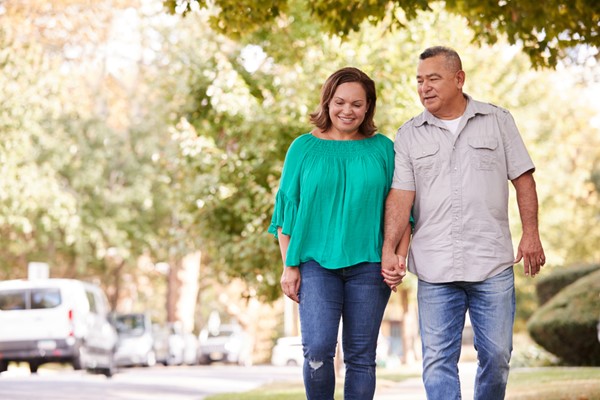
Trying to understand what that home description is all about? Whether you're new to the housing market or newly returned, you'll find terms used to describe homes that you might not recognize. Or, you may not understand what they truly mean in context. The word walkable, for instance, shouldn't apply to a home at all, should it? After all, houses can't just get up and walk away.
Defining the real [estate] meaning
In real estate and urban parlance, a walkable neighborhood might refer to a community where services such as grocery and other shops, restaurants, bars, parks, and other recreation areas are reachable on foot within a 10-to-15 minute timeframe.
In another area, walkable might mean that public transportation to urban areas is within walking distance. In this case, the neighborhood itself may not hold the services but does support its being in reach via bus or train access.
Still, other definitions of walkable mean that the community has lighted footpaths, sidewalks, urban (or suburban) trails and other means by which residents may walk for exercise or recreation. Or, that the community provides opportunities and programs for residents to walk.
Breaking down “walkable” themes
With all the various definitions in use, a Harvard study published these themes as most important to walkability.
Environmental dimensions adding to walkability:
Outcome dimensions of walkability
Designing for walkability
None of these is definitive, but if you’re looking for a neighborhood that defines “walkable” for you, check the walk score website, which measures over 100 aspects of walkability, and talk to your local real estate professional about what works for you.

Real Estate sales are complex, stressful & unpredictable but I can’t imagine doing anything else! It’s the people, I am drawn to and motivated by them. I love working with clients to plant roots in a community or leap into the next stage of their lives. When done right, it empowers homeowners & buyers to make investments in their future. I'm honored to be a guide and adviser for those I have helped. I'm humbled to offer the same to you!